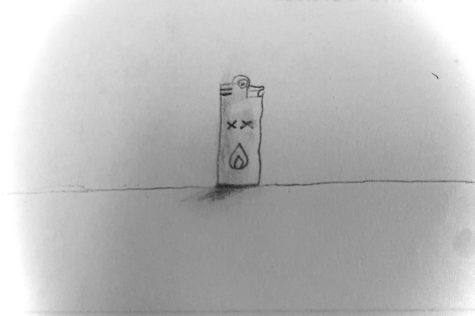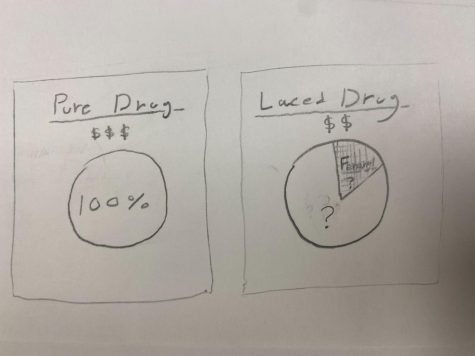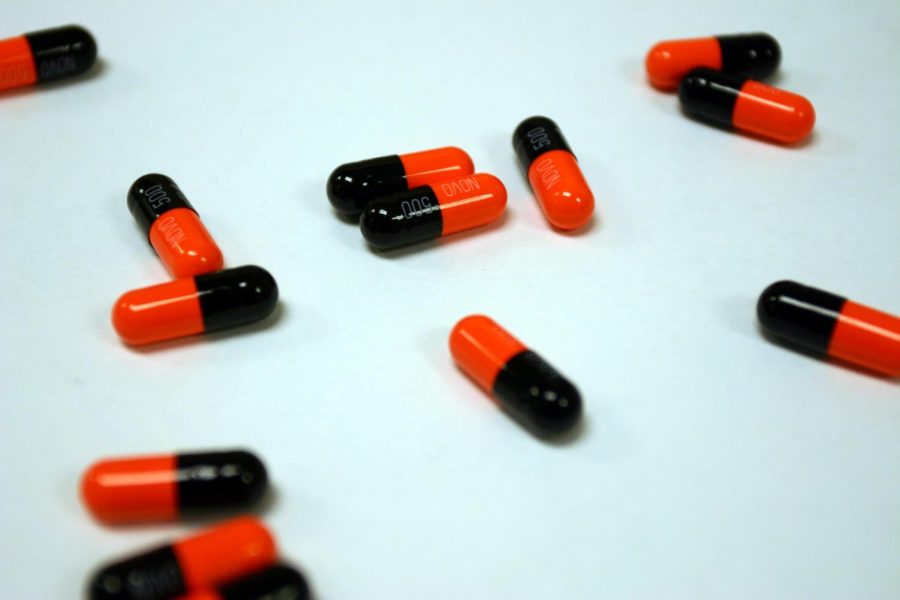Fentanyl Crises in America
The opioid crisis in the United States is out of control and at the worst it has ever been. The majority of this chaos comes from an infamous substance known as fentanyl.
NOTE: This article discusses the dangers and the details of the misuse of hard drugs, which may be unsettling or upsetting to some readers.

Fentanyl is a pharmaceutical drug intended for treating chronic pain and is a priority drug for cancer patients. However, the fentanyl that has been causing the majority of overdoses is usually illegally made and is mixed with other drugs such as marijuana, heroin, or cocaine without the consumer’s knowledge, which increases the risk of misuse and therefore overdose. This is because in some cases, fentanyl is easier and cheaper to produce than these substances. Dealers can increase profit by selling these “cut” substances at the same price as the original drug.

The reason it is referred to as “the opioid crisis” is due to the epidemic level of mortality from the overdoses it has caused. Fentanyl is easy to produce, and very potent. This makes it an ideal target for cartels and dealers. Fentanyl can be easily concealed as it has a high price-to-volume ratio. Its potent nature also makes it more dangerous to humans, in which it becomes difficult to tell how much one is taking, and allowing it to quickly overwhelm the body into a more violent and unexpected manner. Overdose due to laced substances is common among young users, as they cannot purchase the substances themselves and buy from unregulated third parties.

As of December 22nd, 2022 over 300 million dollars has been granted to help fight the crisis of opioid abuse happening in the United States. After the pandemic in 2020, overdoses skyrocketed and the government started taking action to help the people who struggle with substance abuse. Narcan, an inactive opiate that has the intended effect of bringing the heart rate and breathing of a person in opioid overdose back to normal, has become a widely prescribed and sold substance; it is often even supplied for free. It can either be injected in a form similar to an EpiPen or administered in the form of a nasal spray. Most first responders, including police officers, carry Narcan with them, as it is relatively compact and can be utilized with little to no medical experience.
At present, the best tools we have to help individuals who are in danger of overdose are education in early life, increasing access to therapy and other healthcare, harm reduction (making sure people who would already be consuming drugs do them as safely as possible), and educating the public about how to avoid dangerous substances and situations, and how to support addicts or at-risk individuals.












